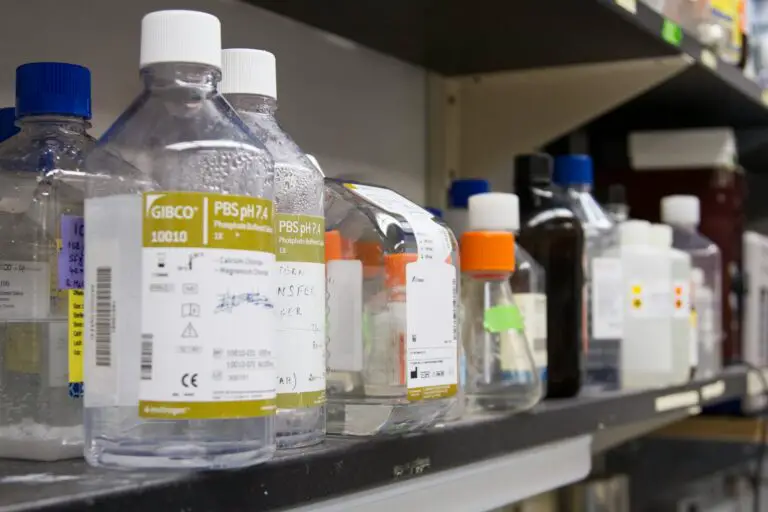
In health and social care, hazardous substances refer to chemicals or materials that can pose risks to health or safety if they are not managed properly. These substances can range from everyday items like cleaning agents to specialised chemicals used in medical settings.
The Control of Substances Hazardous to Health (COSHH) regulations are the framework aimed at controlling these risks and ensuring safe working environments in various sectors, including health and social care.
Types of Hazardous Substances
Biological Agents: Bacteria, viruses, and other microorganisms that can cause infections. Examples include viruses causing hepatitis or infections, like MRSA.
Chemical Agents: Including pharmaceutical products, disinfectants, cleaning fluids, and anaesthetic gases. Examples include bleach, formaldehyde, and certain medications.
Physical Agents: These can sometimes include radioactive materials used in diagnostic equipment and treatments.
Combustible and Flammable Substances: Oxygen canisters or alcohol-based hand rubs, which can pose fire hazards.
Key Areas of Concern
Exposure: Direct contact with hazardous substances can happen through inhalation, ingestion, skin contact, or accidental injection. For example, handling used needles or dealing with cytotoxic drugs in chemotherapy can pose serious risks.
Storage: Improper storage of these substances can lead to spills, contamination, and accidental exposures. For instance, storing cleaning chemicals next to food items or medications can be very dangerous.
Waste Disposal: Incorrect disposal practices can not only harm individuals but also the environment. Sharps, for example, need to be disposed of in designated sharps containers.
Workplace Practices: Inadequate training, lack of proper equipment, and failure to follow safety protocols can actually increase risks. Regular training and strict adherence to guidelines are essential.
Legal and Regulatory Frameworks
- COSHH (Control of Substances Hazardous to Health) Regulations 2002: These regulations require employers to assess the risks from hazardous substances and implement suitable control measures to protect workers and others. This includes doing risk assessments and monitoring health and exposure levels.
- The Health and Safety at Work Act 1974: This is the primary piece of legislation covering occupational health and safety in the UK. It imposes a duty on employers to ensure the health, safety, and welfare of employees.
Measures for Managing Hazardous Risks
- Risk Assessment: Conducting thorough risk assessments to identify potential hazards and determining how to mitigate these risks. This should be a systematic process involving the identification, evaluation, and control of risks associated with hazardous substances.
- Training: Ensuring all staff members are adequately trained to handle these substances safely. This includes training on the use of Personal Protective Equipment (PPE) and emergency procedures.
- PPE: Providing appropriate Personal Protective Equipment such as gloves, masks, aprons, and eye protection where necessary to protect against exposure.
- Emergency Procedures: Having clear procedures in place for dealing with accidents and incidents involving hazardous substances. This includes spill response plans, emergency contact numbers, and first aid measures.
- Health Surveillance: Monitoring the health of employees who are exposed to hazardous substances to detect any early signs of illness or adverse effects. This is an essential component of ongoing risk management.
Practical Examples in Health and Social Care Settings
Hospitals: Managing and storing cytotoxic drugs used in chemotherapy, ensuring that waste is disposed of safely, and that staff are protected from exposure through proper ventilation and PPE.
Care Homes: Safe use and storage of cleaning agents, ensuring that residents are not exposed to harmful chemicals. Also, managing medications properly to prevent accidental ingestion or interactions.
Community Care: Handling and disposing of sharps safely and ensuring that workers are protected when dealing with potentially infectious agents during home visits.
By understanding and implementing strict controls around hazardous substances, health and social care providers can ensure the safety and well-being of both workers and those they care for.
Compliance with regulations, continuous training, and rigorous adherence to protocols are essential aspects of managing these risks effectively.
Subscribe to Newsletter
Get the latest news and updates from Care Learning and be first to know about our free courses when they launch.






